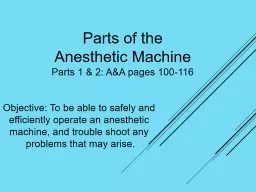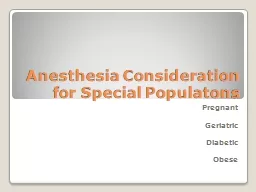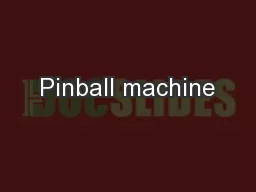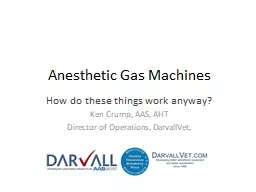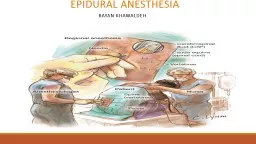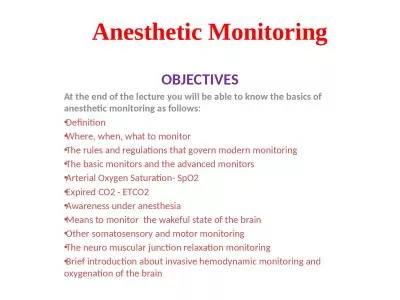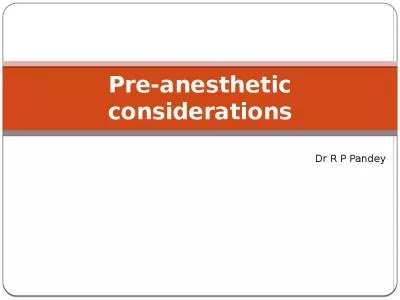PPT-Parts of the Anesthetic Machine
Author : fauna | Published Date : 2022-02-14
Parts 1 amp 2 AampA pages 100116 Objective To be able to safely and efficiently operate an anesthetic machine and trouble shoot any problems that may arise Purpose
Presentation Embed Code
Download Presentation
Download Presentation The PPT/PDF document "Parts of the Anesthetic Machine" is the property of its rightful owner. Permission is granted to download and print the materials on this website for personal, non-commercial use only, and to display it on your personal computer provided you do not modify the materials and that you retain all copyright notices contained in the materials. By downloading content from our website, you accept the terms of this agreement.
Parts of the Anesthetic Machine: Transcript
Download Rules Of Document
"Parts of the Anesthetic Machine"The content belongs to its owner. You may download and print it for personal use, without modification, and keep all copyright notices. By downloading, you agree to these terms.
Related Documents

